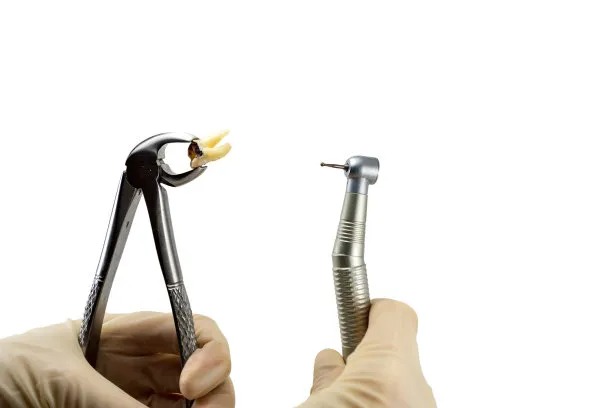Essential Safety Measures to Consider Before Undergoing Dental Filling Procedures for Optimal Oral Health and Recovery
Summary: Dental fillings are a common dental procedure that is vital for restoring optimal oral health. However, before undergoing this treatment, its crucial to consider certain essential safety measures to ensure a successful outcome. This article will discuss four primary areas of focus: understanding the procedure, assessing allergies and sensitivities, evaluating the choice of dental materials, and adhering to post-treatment care protocols. By taking these safety measures into account, patients can maximize their recovery and maintain their overall dental health.
1. Understanding the Dental Filling Procedure

Before undergoing a dental filling procedure, it is essential to have a thorough understanding of what the process entails. This includes knowing the purpose of the filling, which is to restore the integrity of a tooth affected by decay or damage. An informed patient is usually more at ease, which can contribute to a more successful outcome during the procedure.
An essential aspect of understanding the procedure is recognizing the various types of dental fillings available. Common materials include amalgam, composite resins, glass ionomer, and porcelain. Each type has its benefits and drawbacks, and knowing these can help patients make informed decisions about their dental care.
Lastly, consulting with your dentist about the procedure can help clarify any concerns. This open dialogue ensures that patients are fully aware of what to expect, potential discomfort, and the role they play in their recovery. Knowledge equips patients to make proactive choices regarding their oral health.
2. Assessing Allergies and Sensitivities
Another crucial aspect to consider before a dental filling procedure is assessing any potential allergies or sensitivities. Some patients may have allergies to specific dental materials, which can lead to adverse reactions if they are used during the filling process. Therefore, it is essential to communicate any known allergies to your dental professional.
Furthermore, patients should be aware of any existing sensitivities that might not qualify as allergies but could still affect their treatment experience. For instance, some individuals may be sensitive to the anesthesia used during the procedure, causing discomfort or anxiety. Preemptively discussing these concerns with the dentist can help tailor the treatment to minimize adverse effects.
Lastly, taking the time to conduct patch tests, when necessary, for new materials can also be a helpful approach. This precautionary step can ensure the selected dental materials are suitable for the patient, thus enhancing the safety and comfort of the procedure.
3. Evaluating Choice of Dental Materials
The choice of dental materials is a significant aspect of the dental filling process that can directly influence both the outcome and the patient鈥檚 long-term oral health. Different materials have varying properties that affect their durability, aesthetics, and compatibility with the patient鈥檚 teeth. Therefore, careful evaluation of these options is paramount.
For instance, composite resins offer a tooth-colored solution that blends seamlessly with natural teeth, while amalgam fillings are known for their strength and durability in back teeth. Less common choices, like porcelain or glass ionomer, also have unique benefits. Patients must weigh these factors against their personal dental health goals.
Additionally, discussing the longevity and maintenance of each filling type with your dentist can also guide you in making the right choice. A material that is durable and requires less frequent replacements can save patients both time and money in the long run, making it an essential consideration.
4. Adhering to Post-Treatment Care Protocols
After undergoing a dental filling procedure, adhering to post-treatment care protocols is vital for optimal recovery. Patients should follow their dentists recommendations regarding dietary restrictions, oral hygiene, and activity modification to ensure a smooth healing process. For instance, avoiding hard or sticky foods can help protect the filling while it sets.
Regular follow-up visits to assess the filling鈥檚 effectiveness and tooth health are also recommended. These check-ups provide the opportunity for dentists to address any concerns or make necessary adjustments, thereby ensuring that the filling continues to function effectively over time.
Finally, maintaining good oral hygiene practices after the procedure is essential. Brushing and flossing diligently, along with routine dental check-ups, will help prolong the life of the filling and promote overall oral health. These measures collectively contribute to the long-term success of dental filling procedures.
Summary:
In conclusion, understanding the dental filling procedure, assessing allergies and sensitivities, evaluating material choices, and adhering to post-treatment protocols are essential safety measures before undergoing dental filling procedures. By considering these aspects, patients can optimize their oral health and ensure a successful recovery.
This article is compiled by Vickong Dental and the content is for reference only



